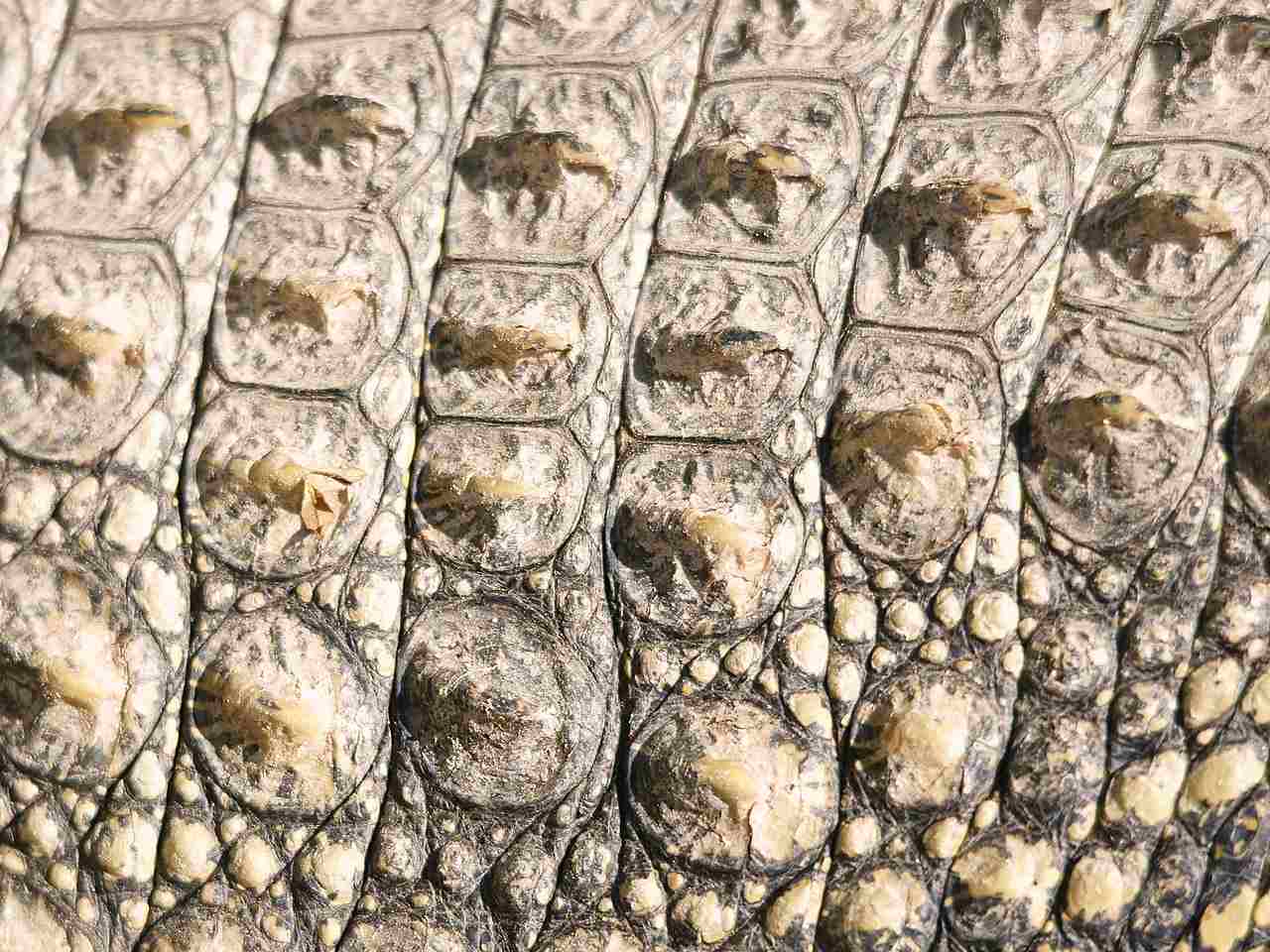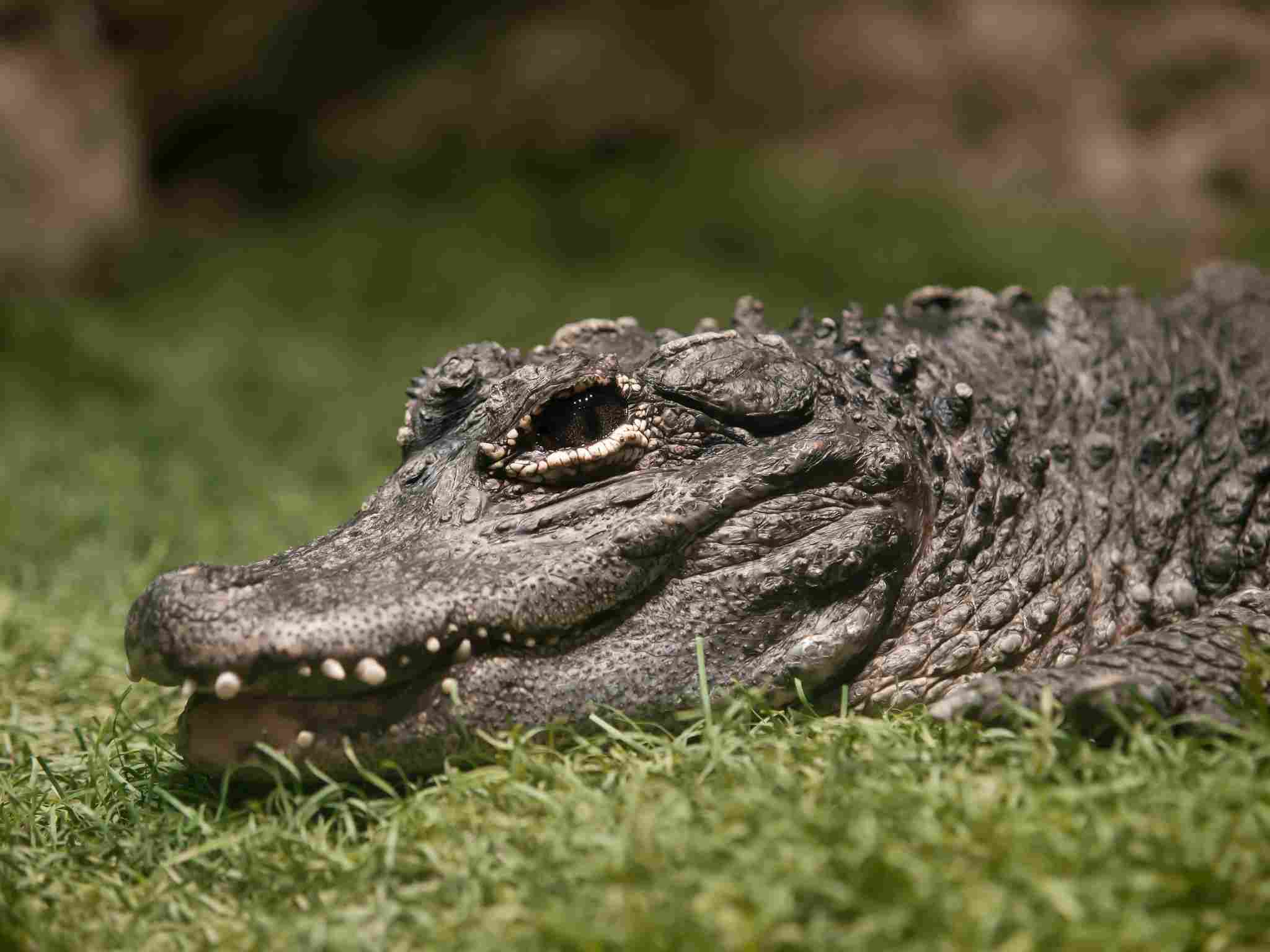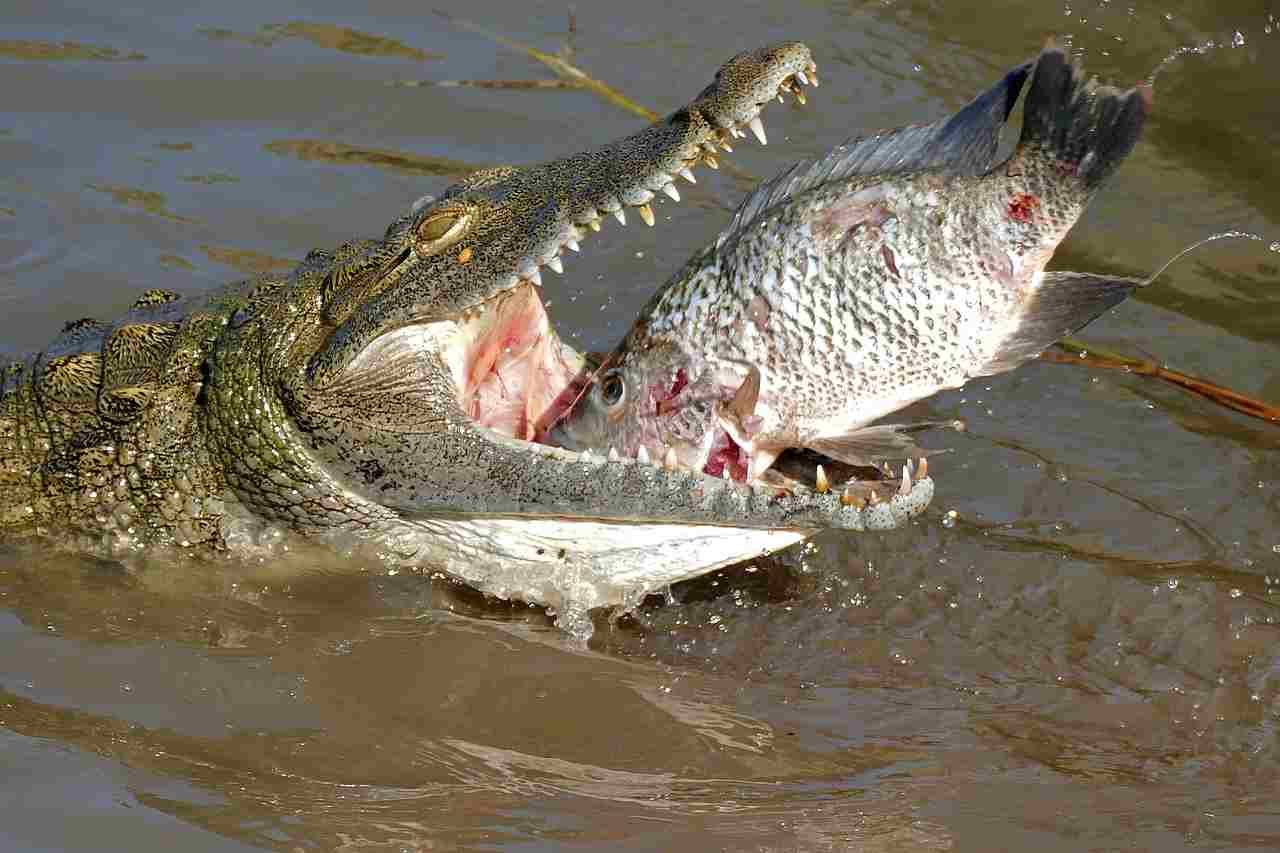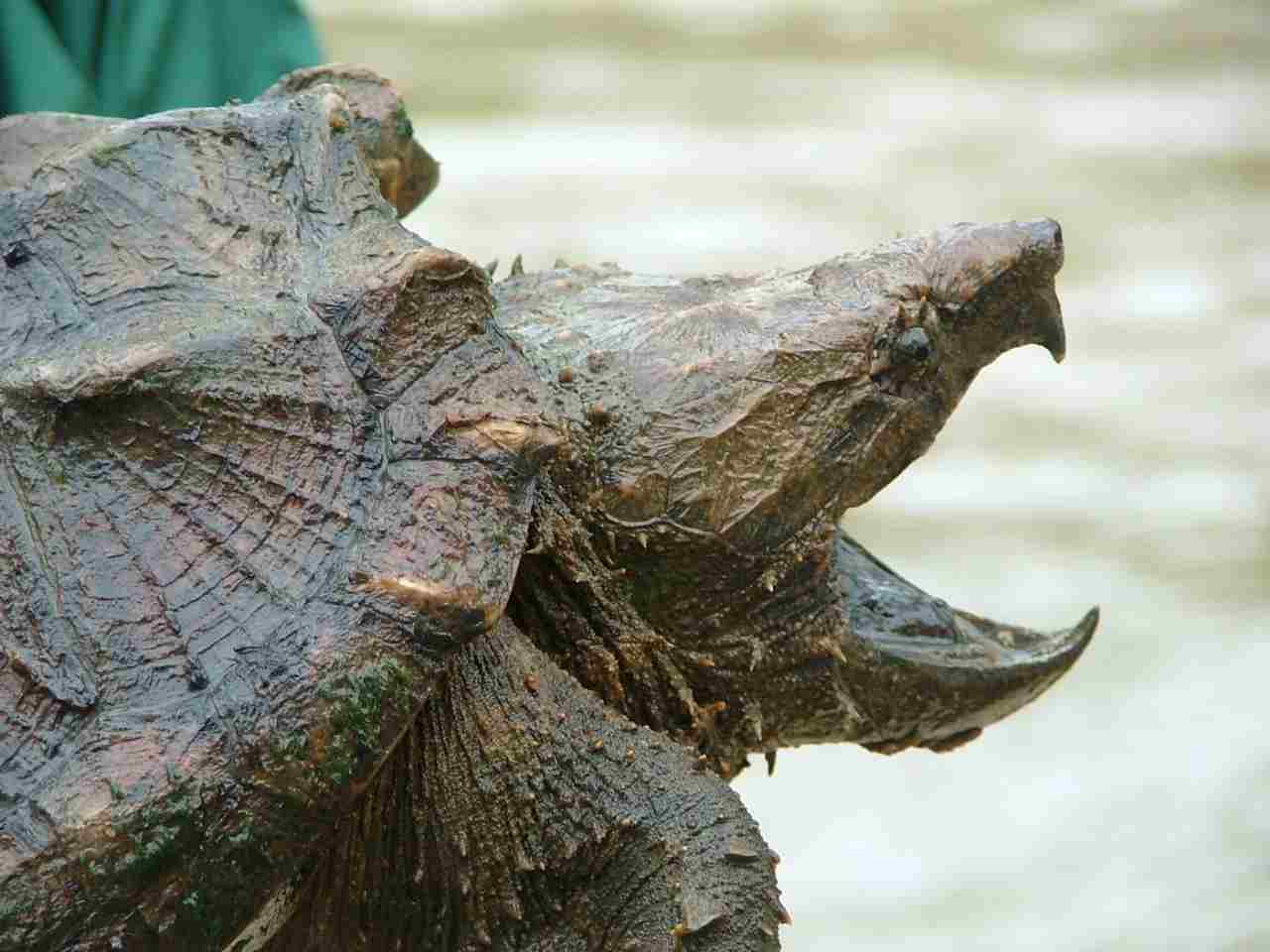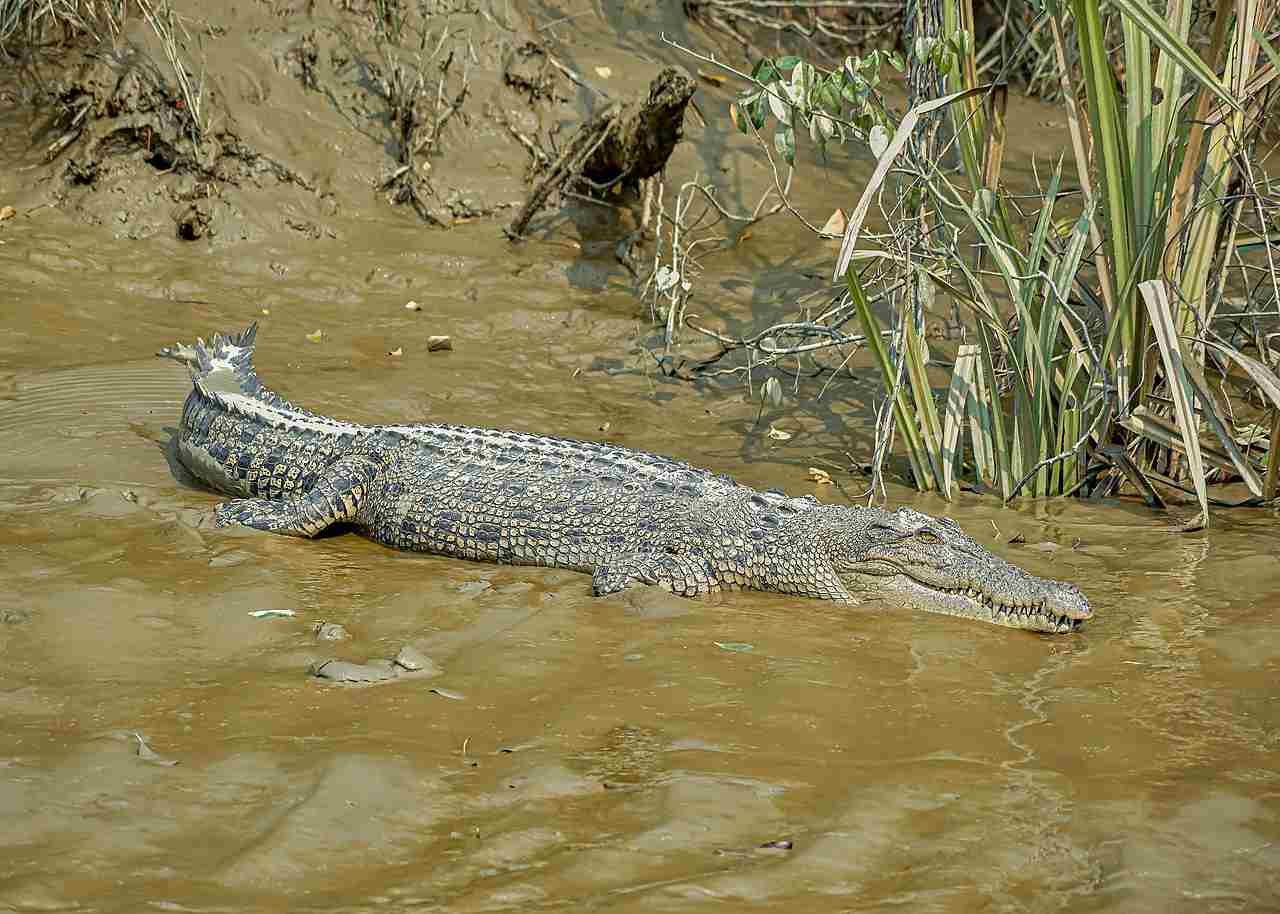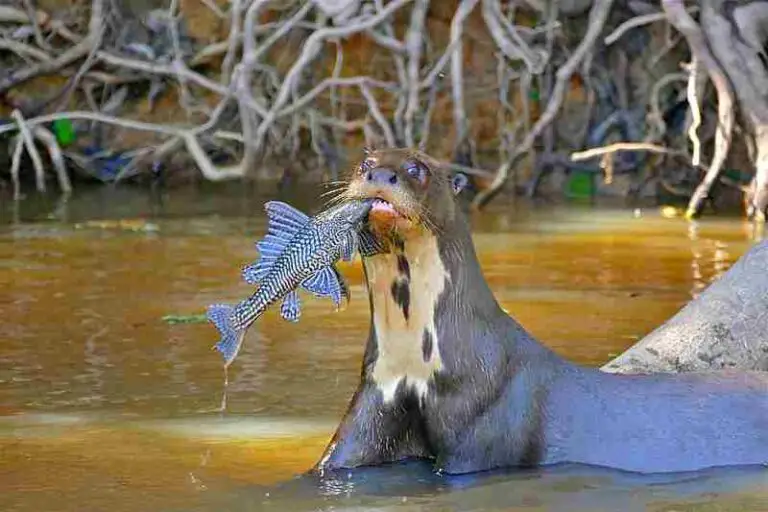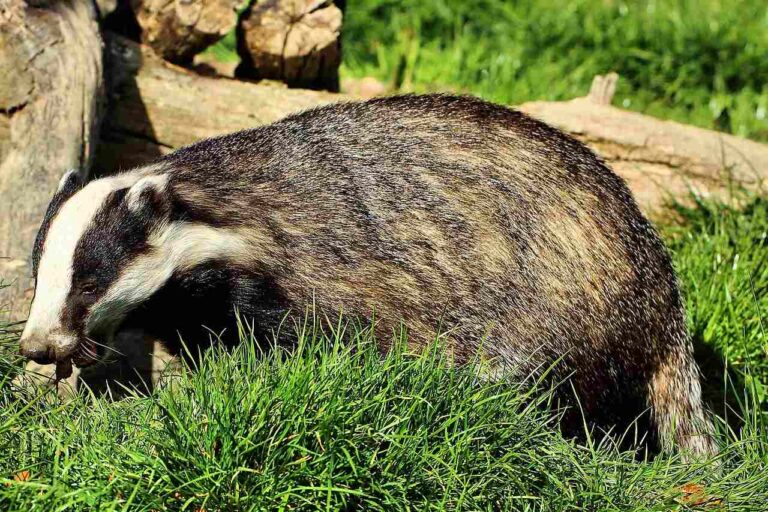Alligator Vs Caiman Difference and Similarity Discussed
In examining a potential encounter between an alligator and a caiman, we delve into the shared and distinct characteristics of these crocodilian species. Notably differing in size and scale features, a direct confrontation between them would likely result in the alligator prevailing due to its larger size, greater weight, strength, and more powerful bite force. This analysis outlines these differences, highlighting the factors that contribute to the potential dominance of an alligator in such a physical encounter.
Alligator vs Caiman: Assessing Differences and Predicting a Confrontation
In a potential face-off between an alligator and a caiman, the outcome is influenced by their crocodilian ancestry and distinctive physical characteristics. Key differences in size, scale texture, shape, and arrangement contribute to the dynamics of a confrontation, where the alligator’s advantages in size, weight, strength, and bite force position it as the likely victor.
I). Size Disparities:
– Alligators, as a species, are generally larger than caimans. This size difference becomes a pivotal factor in determining the likely outcome in a direct confrontation.
II). Scale Texture, Shape, and Arrangement:
– Alligators and caimans exhibit differences in scale texture, shape, and arrangement. While specific to species, these distinctions contribute to their individual appearances and can be subtle markers for identification.
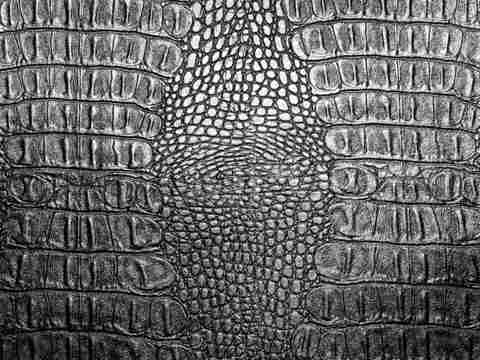
III). Alligator’s Characteristics:
– Alligators are characterized by their larger size, greater weight, and robust build. These physical attributes, coupled with a powerful bite force, establish them as formidable predators in aquatic environments.
IV). Caiman’s Characteristics:
– Caimans, while possessing similar crocodilian features, are generally smaller than alligators. Their size disadvantage, when pitted against an alligator, can significantly impact their ability to contend in a physical confrontation.
V). Strength and Bite Force:
– The alligator’s greater size and strength give it a distinct advantage in a direct fight. Additionally, the alligator’s more powerful bite force enhances its capability to subdue and overpower a caiman.
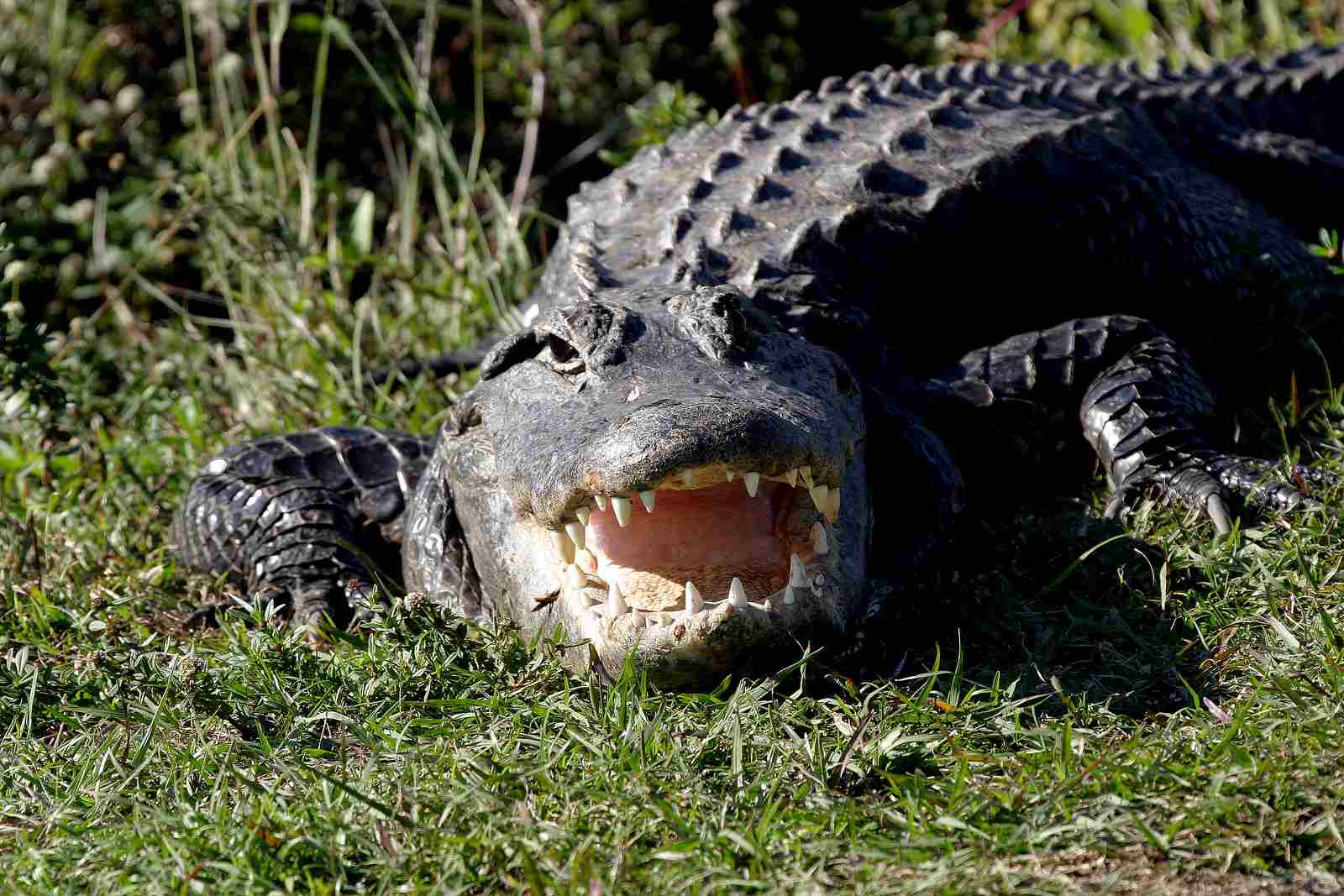
VI). Real-World Dynamics:
– In real-world scenarios, where encounters between these species might occur, the alligator’s size, strength, and bite force are likely to contribute to its dominance over a caiman.
VII). Overall Dynamics:
– In a direct confrontation, the alligator’s larger size, greater weight, strength, and more powerful bite force position it as the likely winner against a caiman. While both species share crocodilian traits, these nuanced differences in physical attributes contribute to the hierarchy within the crocodilian family.
*Details of Comparison
| Criteria | Alligator | Caiman |
| Taxonomy | Genus Alligator, Species A. mississippiensis, A. sinensis |
Subfamily Caimaninae, Various Genera and Species
|
| Appearance | Broad U-shaped snout, dark color, bony ridges, larger size |
Varying snout shapes, darker color, smaller size
|
| Size | Larger, adult males 10-15 feet |
Smaller, lengths ranging from 4 to 8 feet
|
| Weight | Heavier, adult males 500-1,000 pounds |
Lighter, 30-100 pounds
|
| Bite Force (PSI) | Strong bite force, around 2,125 PSI |
Generally lower bite force than alligators
|
| Physical Offensive Advantages | Powerful grip, large size |
More agile in water, varied snout shapes
|
| Physical Defensive Advantages | Bony plates, strong tail |
Agile in water, protective coloration
|
| Speed | Up to 20 mph in water, slower on land |
Up to 15 mph in water, limited land speed
|
| Agility | Less agile, suited for ambush hunting |
Highly agile, well-adapted for quick movements
|
| Senses | Excellent eyesight, hearing, and smell |
Keen eyesight and hearing, adapted for low light
|
| Overall Physical Capacity | Powerful, slow movements |
Streamlined and agile, favoring quick movements
|
| Habitat Preference(s) | Freshwater habitats, tolerant of brackish water |
Various freshwater habitats, some venture into brackish water
|
| Tracks | Distinctive tracks with claw marks and tail drag |
Similar tracks with variations based on species
|
| Lifespan | Longer lifespan, 30-50 years |
Shorter lifespan, 20-30 years
|
| Mode of Feeding | Ambush predators, diverse diet |
Agile hunters, diet includes various prey
|
| Intelligence | Considered less intelligent |
Exhibits higher intelligence, adaptability
|
| Social Behavior | Generally solitary, maternal care observed |
Some species display social behavior, maternal care
|
| Mode of Reproduction | Oviparous, laying eggs |
Oviparous, laying eggs with maternal guarding
|
| Parental Behavior | Maternal care with nest protection |
Maternal care, some species show extended care
|
| Proximity to Human-Inhabited Areas | May adapt to urban environments, occasional conflicts |
Presence varies, some adapt to anthropogenic habitats
|
| Behavior Toward Humans | Generally shy, rare unprovoked attacks |
Wary of humans, fewer reported attacks
|
| Danger Posed to Humans | Risk if provoked or habituated to human food |
Less likely to pose a threat, infrequent attacks
|
| Associated Precautions | Caution advised, avoid feeding, respect warning signs |
Caution advised, avoid feeding, respect warning signs
|
| Conservation Status | Varies by species, some listed as “Least Concern” to “Vulnerable” or “Endangered” |
Varies by species, some listed as “Least Concern” to “Vulnerable” or “Endangered”
|
Key Points
- Alligators are generally larger and heavier than caimans.
- Alligators have a stronger bite force, around 2,125 PSI.
- Caimans are more agile in water and have varied snout shapes.
- Alligators have a longer lifespan compared to caimans.
- Both exhibit maternal care, but caimans may show extended care.
- Alligators are adaptable to urban environments, leading to occasional conflicts.
- Caimans, in general, are less likely to pose a threat to humans.
1. Taxonomy
Alligator:
Family: Alligatoridae
Genus: Alligator
Species: A. mississippiensis (American alligator), A. sinensis (Chinese alligator)
Caiman:
Family: Alligatoridae
Subfamily: Caimaninae
Genera: Caiman, Melanosuchus, Paleosuchus
Various species under each genus (e.g., C. crocodilus, M. niger, P. palpebrosus)
2. Appearance
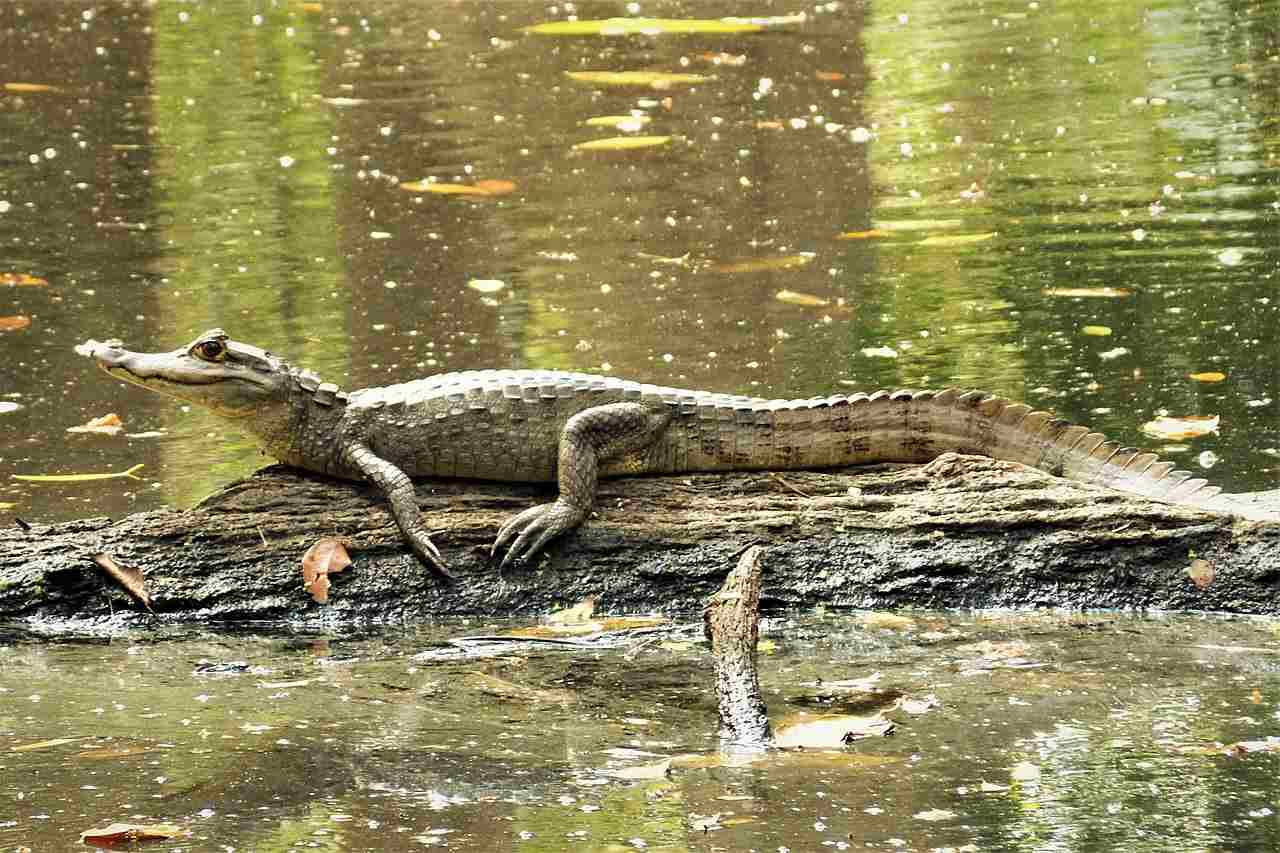
Alligator:
Broad, U-shaped snout
Dark, nearly black color with a lighter underside
Adult males can reach lengths of 13-15 feet
Prominent bony ridges on the back
Caiman:
Varying snout shapes (broad or narrow) based on species
Generally darker coloration, some species with distinctive yellow bands
Smaller than alligators, with lengths ranging from 4 to 8 feet
Bony plates, called scutes, present on the back
3. Size
Alligator:
Larger in size compared to caimans
Adult males typically range from 10 to 15 feet
Females are generally smaller than males
Caiman:
Smaller overall, with adult lengths ranging from 4 to 8 feet
Size varies among species, with some reaching larger lengths than others
4. Weight
Alligator:
Adult males can weigh between 500 to 1,000 pounds
Females are generally lighter than males
Caiman:
Generally lighter than alligators
Adult caimans may weigh between 30 to 100 pounds
5. Bite Force (PSI)
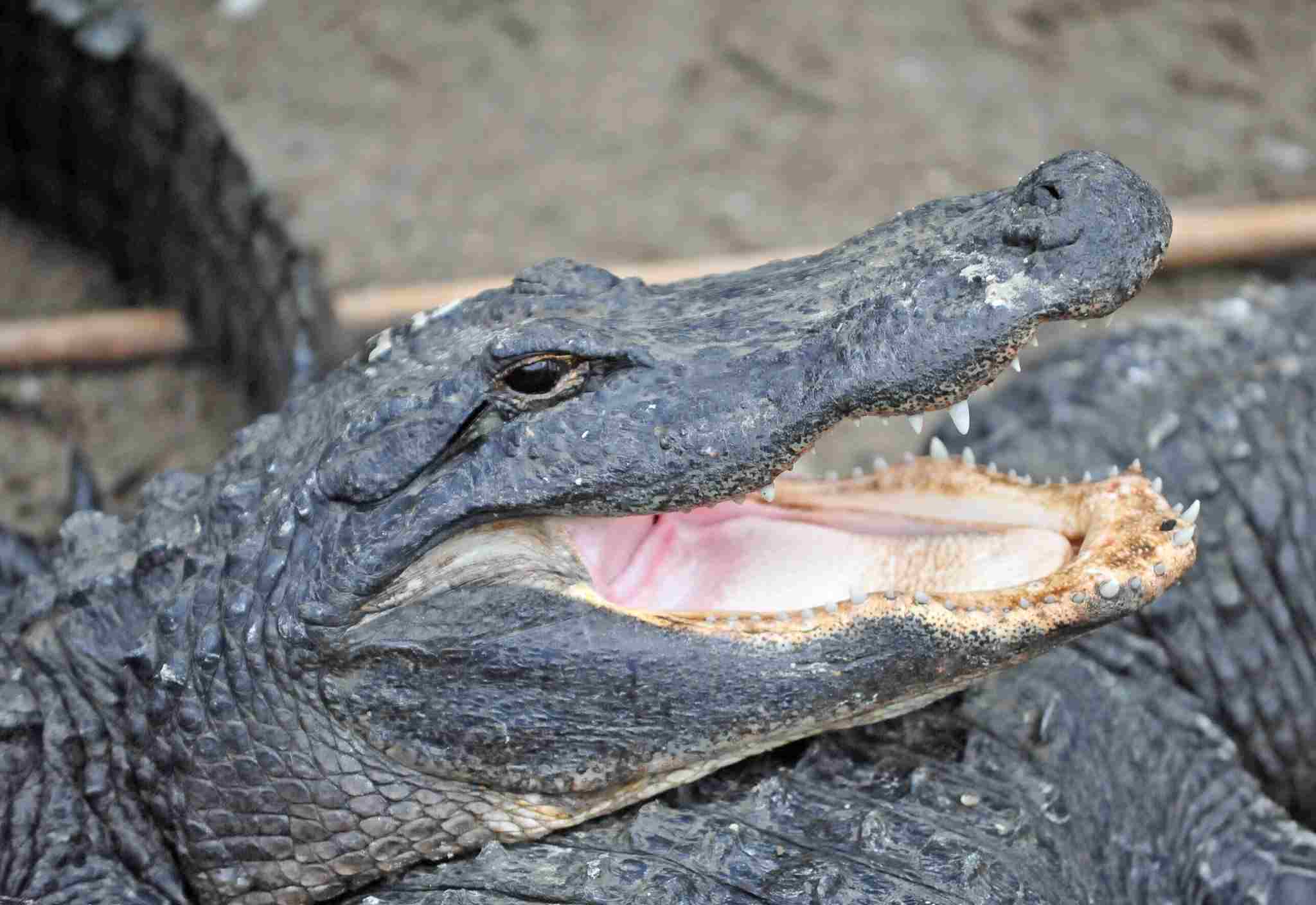
Alligator:
Powerful bite force, estimated around 2,125 PSI
Adapted for crushing turtle shells and other tough prey
Ecological Implication: Influences prey selection and feeding behavior
Caiman:
Bite force varies among species but is generally lower than alligators
Ecological Implication: May impact hunting strategies and prey types, with a preference for smaller prey
6. Physical Offensive Advantages
Alligator:
Strong jaw muscles and robust snout aid in gripping and holding prey
Large size and powerful bite provide an advantage in capturing larger prey
Caiman:
More agile in water, allowing for quick strikes
Varied snout shapes may offer versatility in hunting strategies
7. Physical Defensive Advantages
Alligator:
Bony plates and ridges on the back act as protective armor
Strong tail used for defense against predators or threats
Caiman:
Agile in water, can escape threats by swiftly moving into aquatic environments
Some species may have protective coloration for camouflage
8. Speed (Km/hour or Mile/hour)
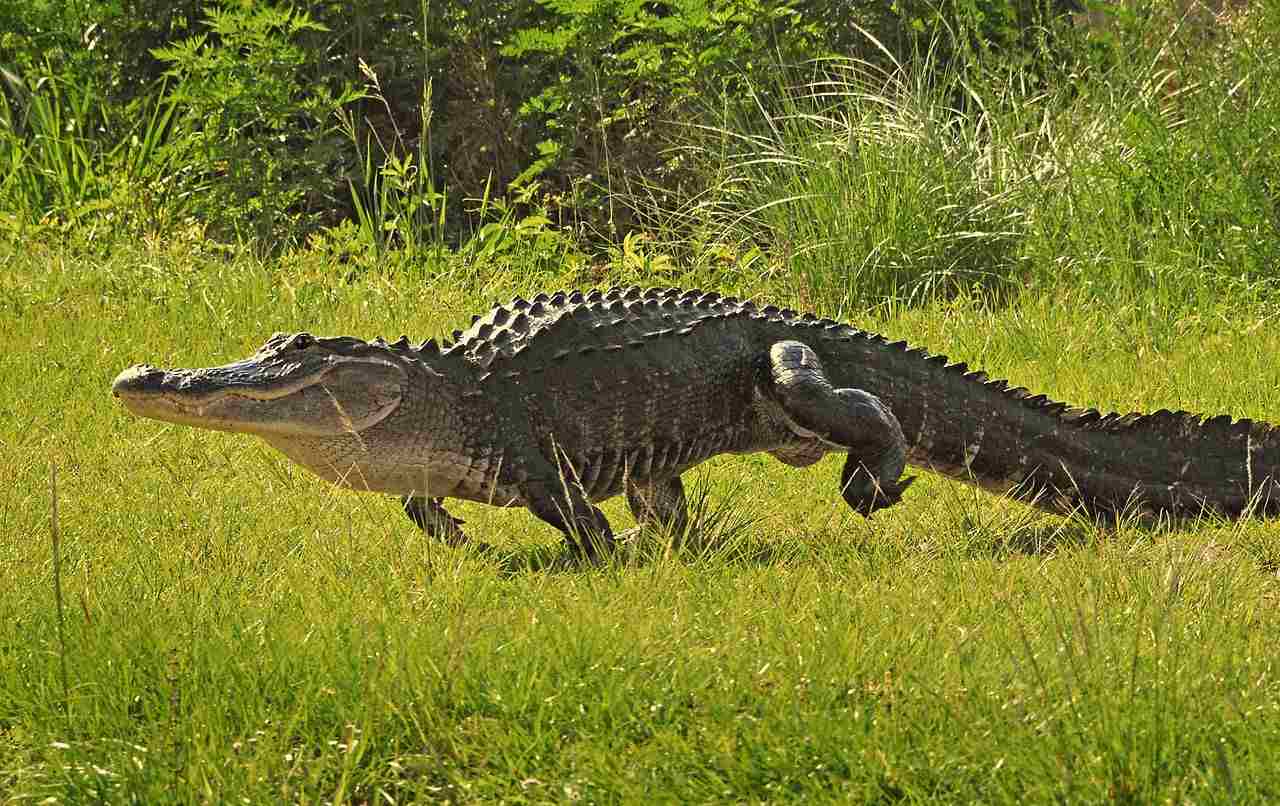
Alligator:
Capable of short bursts of speed, reaching up to 20 mph (32 km/h) in water
Slower on land, typically around 5 mph (8 km/h)
Caiman:
Generally agile swimmers, capable of reaching speeds up to 15 mph (24 km/h) in water
Land speed is limited, around 7 mph (11 km/h)
9. Agility
Alligator:
Less agile compared to caimans
Better adapted to ambush-style hunting in the water
Caiman:
Highly agile, well-suited for navigating through dense vegetation and capturing agile prey in water
More adapted for rapid movements and quick turns in aquatic environments
10. Senses
Alligator:
Excellent eyesight both in and out of water
Keen sense of hearing
Well-developed sense of smell
Caiman:
Similar sensory abilities to alligators, with keen eyesight and hearing
Well-adapted for low light conditions due to slit-shaped pupils
11. Overall Physical Capacity
Alligator:
Adapted for powerful, slow movements in water
Robust build suitable for capturing and subduing larger prey
Caiman:
More streamlined and agile, favoring quick movements for hunting
Well-suited for navigating through diverse aquatic environments
12. Habitat Preference(s)
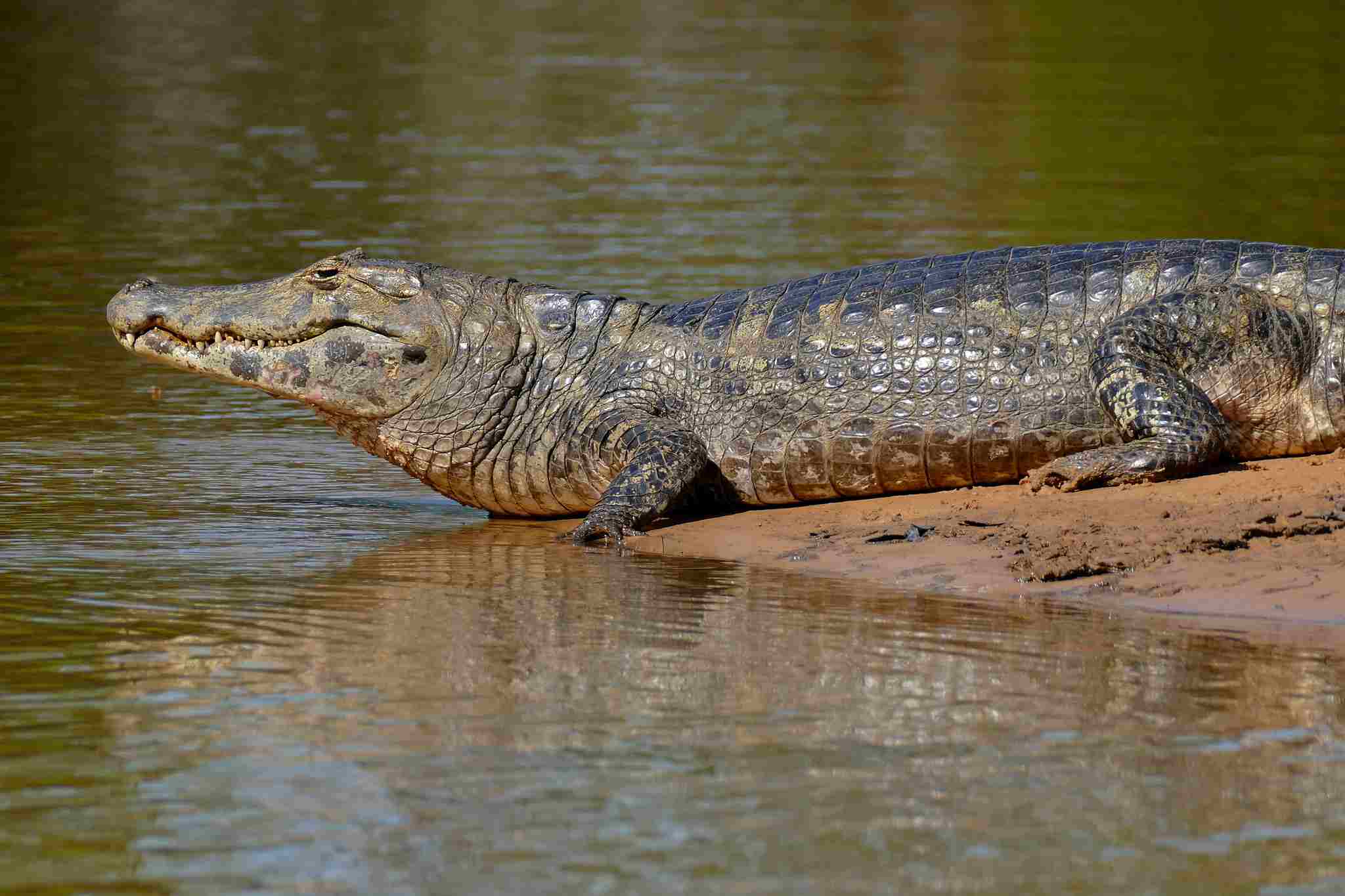
Alligator:
Found in freshwater habitats like swamps, lakes, and rivers
Tolerant of brackish water
Caiman:
Inhabit various freshwater habitats, including rivers, lakes, and wetlands
Some species may venture into brackish water
13. Tracks
Alligator:
Distinctive tracks show claw marks and tail drag
Front tracks are larger than rear tracks
Caiman:
Tracks are similar to alligators but may vary slightly based on species
Claw marks and tail drags are evident in caiman tracks
14. Lifespan
Alligator:
Can live for several decades, with an average lifespan of 30-50 years
Lifespan influenced by factors like habitat and human interactions
Caiman:
Generally have a shorter lifespan compared to alligators, averaging around 20-30 years
Variances based on species and environmental factors
15. Mode of Feeding
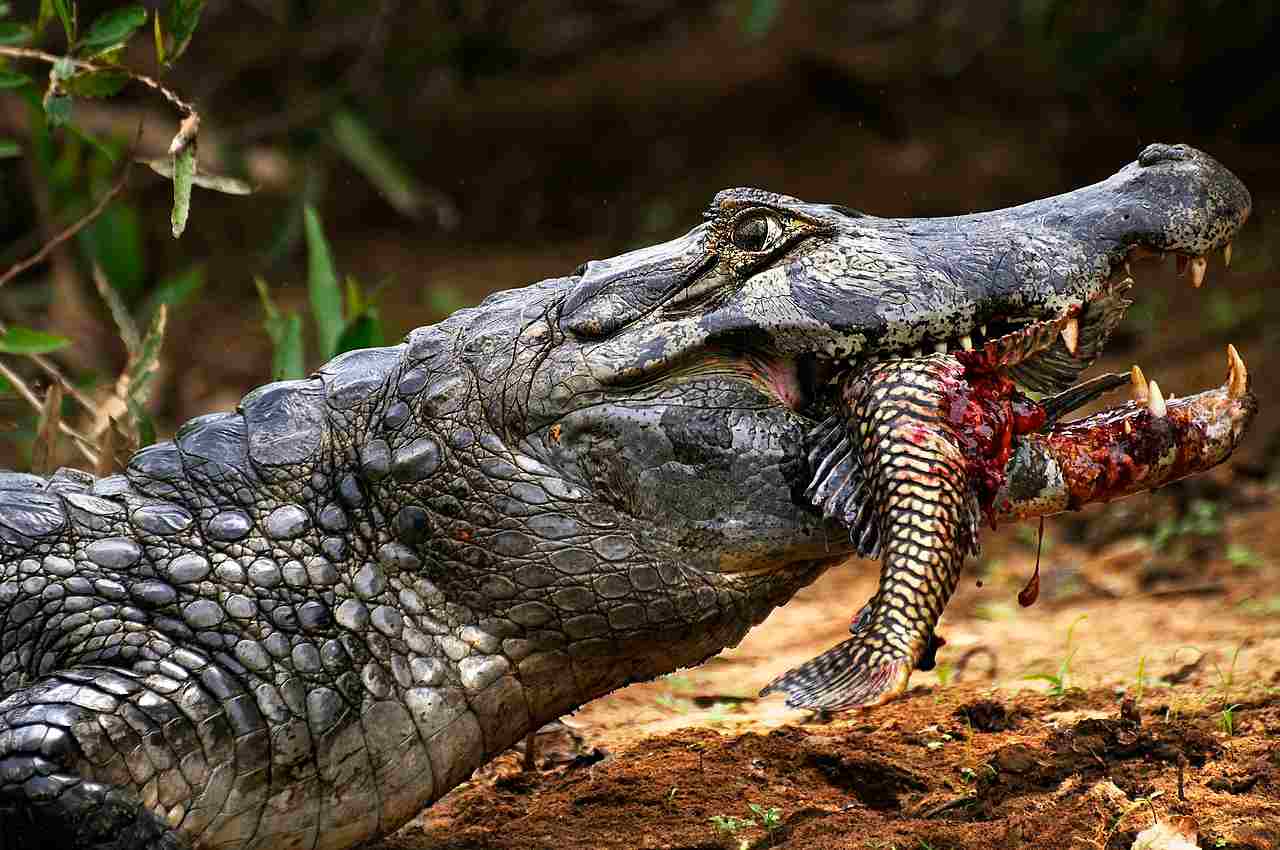
Alligator:
Ambush predators, relying on stealth to capture prey
Feed on a variety of prey, including fish, turtles, mammals, and birds
Caiman:
Agile hunters, employing quick strikes to capture prey
Diet includes fish, amphibians, small mammals, and birds
16. Intelligence
Alligator:
Considered less intelligent compared to some other reptiles
Displays complex behaviors related to hunting and mating
Caiman:
Exhibits higher levels of intelligence, with problem-solving abilities observed in captivity
Shows adaptability in various environments
17. Social Behavior
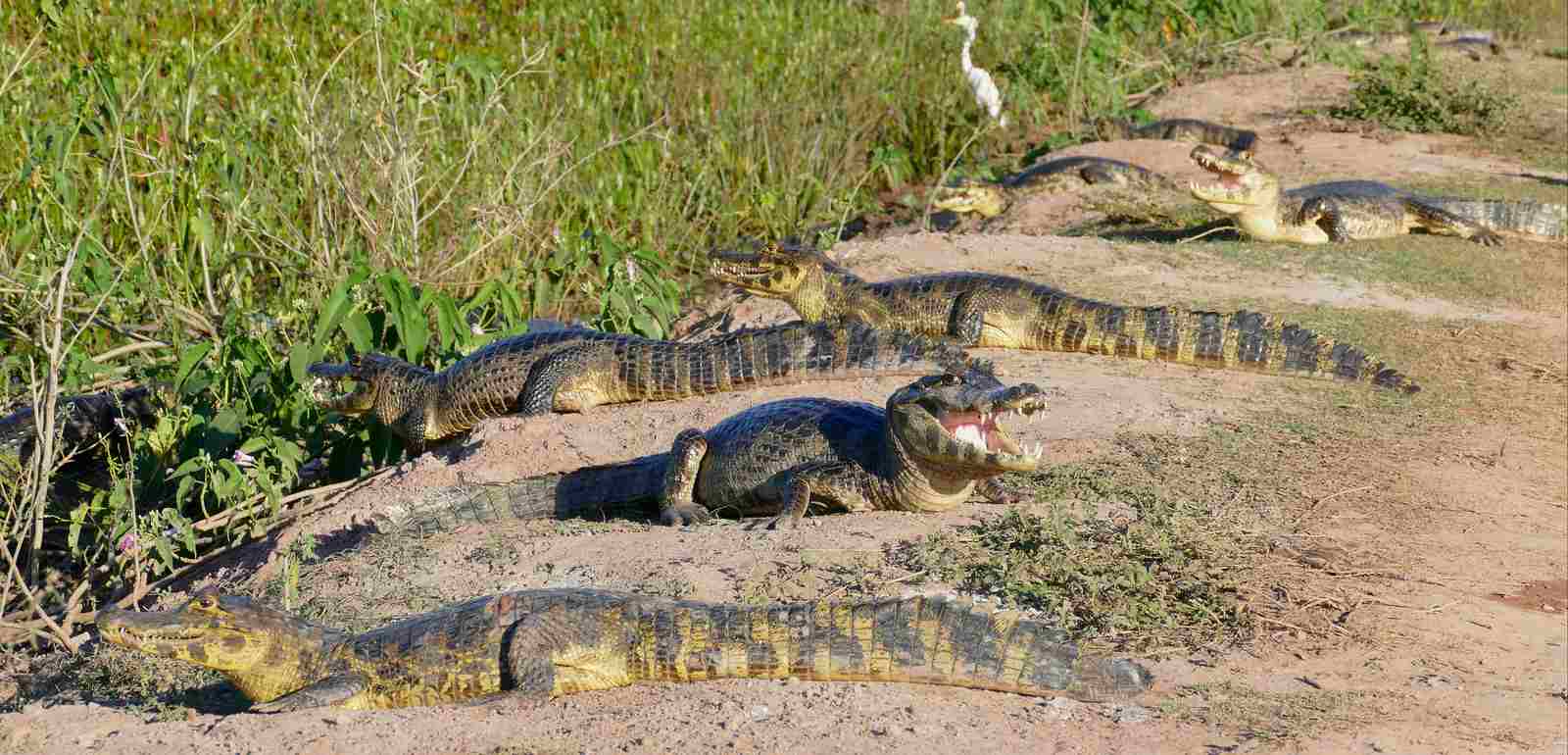
Alligator:
Generally solitary, especially outside the mating season
Females exhibit maternal care towards hatchlings
Caiman:
Some species display more social behavior, forming small groups called pods
Social interactions observed during mating and basking in the sun
18. Mode of Reproduction
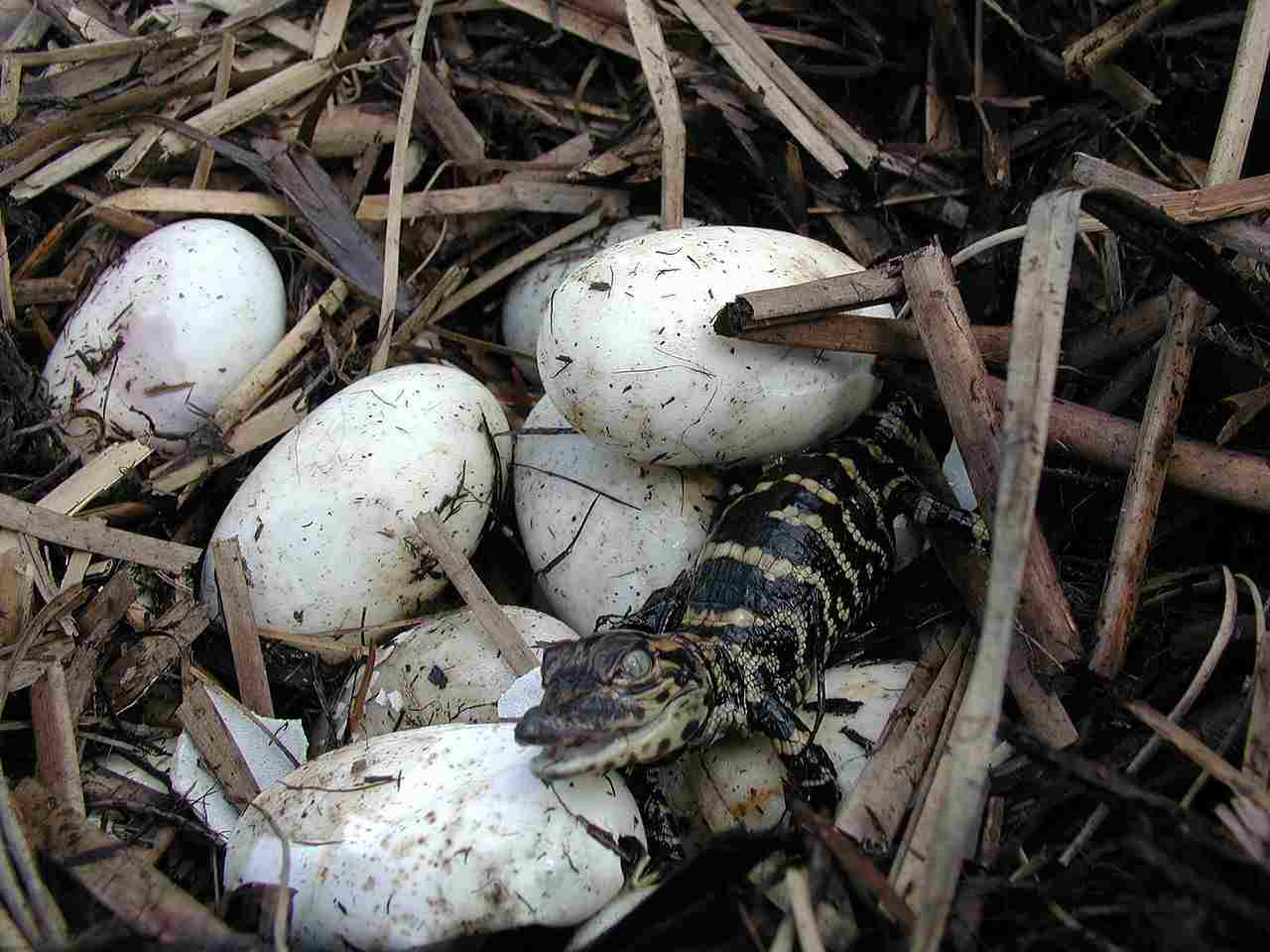
Alligator:
Oviparous reproduction (laying eggs)
Female constructs a nest of vegetation and lays eggs that hatch after an incubation period
Caiman:
Also oviparous, laying eggs in nests made from vegetation
Female guards the nest during incubation, and hatchlings are independent upon hatching
19. Parental Behavior
Alligator:
Females show maternal care by protecting the nest and hatchlings
Mothers may provide protection to the young for an initial period
Caiman:
Female caimans exhibit maternal care, guarding the nest and hatchlings
Some species show extended care for their offspring
20. Proximity to Human-Inhabited Areas
Alligator:
Alligators may inhabit areas close to human settlements, leading to occasional human-wildlife conflicts
Can adapt to urban environments with suitable water sources
Caiman:
Presence near human-inhabited areas varies among species
Some caimans adapt to anthropogenic habitats, increasing interactions with humans
21. Behavior Toward Humans
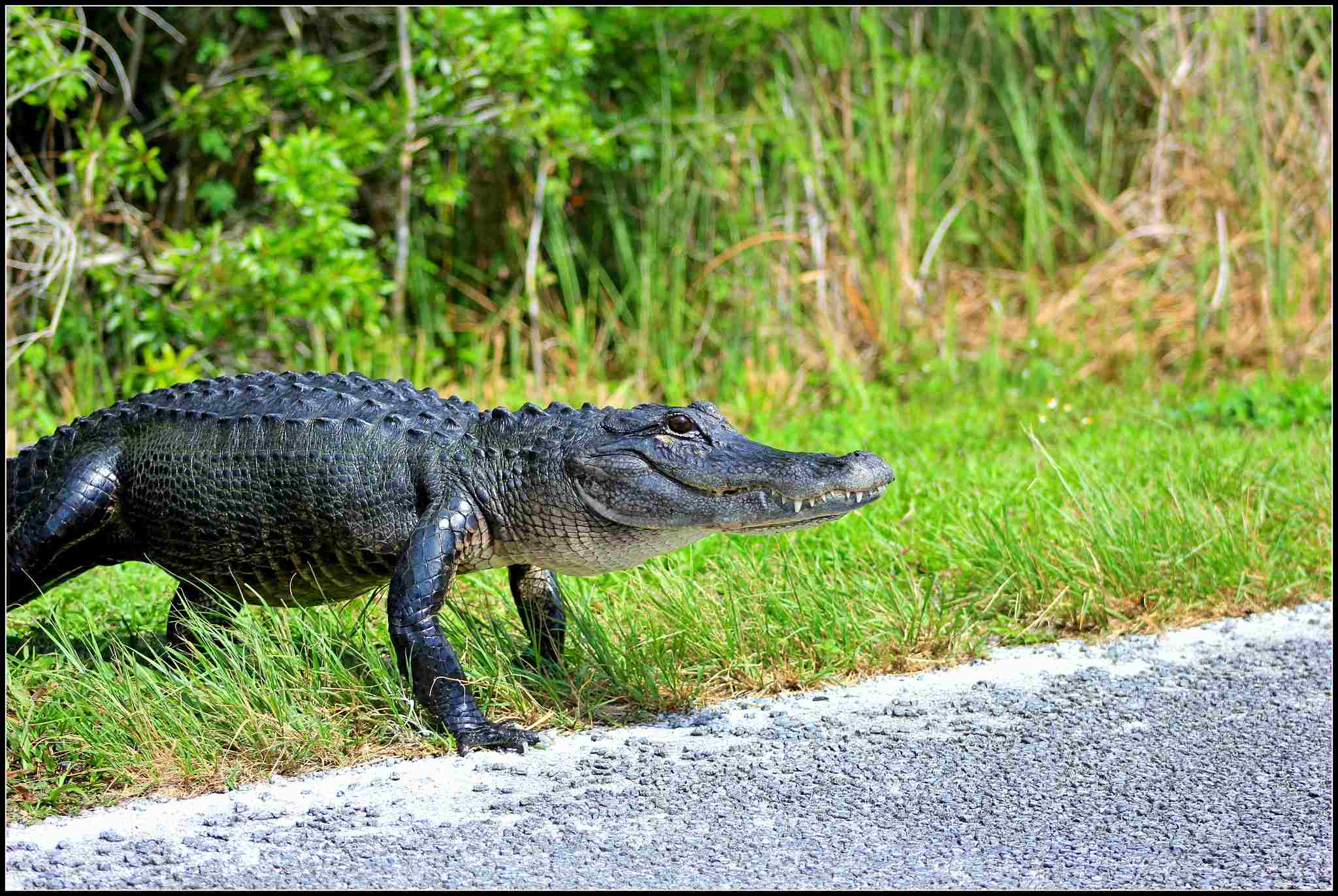
Alligator:
Generally shy and avoidant of humans, but can become more aggressive if habituated to human food sources
Rare instances of unprovoked attacks on humans
Caiman:
Typically wary of humans, with fewer reported attacks compared to alligators
May show aggression if provoked or cornered
22. Danger Posed to Humans
Alligator:
Generally poses a risk if provoked, cornered, or if humans approach too closely
Rare instances of unprovoked attacks, often associated with feeding habits
Caiman:
Less likely to pose a threat compared to alligators
Attacks are infrequent, often provoked or in self-defense
23. Associated Precautions
Alligator:
Caution advised in areas where alligators are present
Avoid feeding them to prevent habituation and aggression
Adherence to warning signs and guidelines for safety near water bodies
Caiman:
Similar precautions as with alligators, emphasizing avoidance of feeding
Encouraging respectful coexistence to minimize potential conflicts
24. Conservation Status
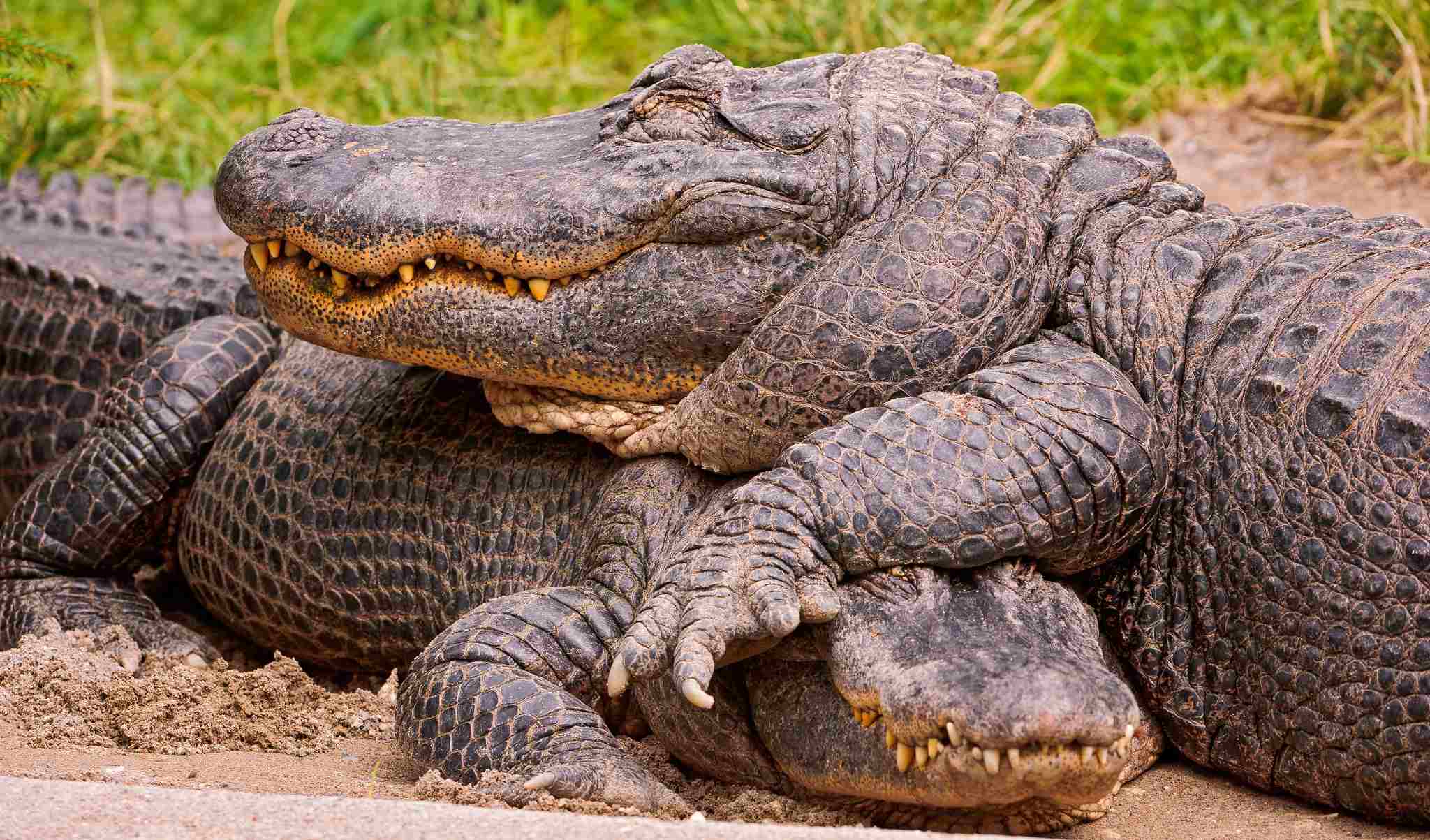
Alligator:
Conservation status varies by species
American alligator (A. mississippiensis) is listed as “Least Concern”
Caiman:
Conservation status varies by species
Some caiman species are listed as “Least Concern,” while others face threats and are classified as “Vulnerable” or “Endangered”
Summary of Comparison
Taxonomy:
Alligator: Genus Alligator, Species A. mississippiensis and A. sinensis
Caiman: Subfamily Caimaninae, Various Genera and Species
Appearance:
Alligator: Broad U-shaped snout, dark color, bony ridges, larger size
Caiman: Varying snout shapes, darker color with yellow bands, scutes on the back, smaller size
Size:
Alligator: Larger, adult males 10-15 feet
Caiman: Smaller, lengths ranging from 4 to 8 feet
Weight:
Alligator: Heavier, adult males 500-1,000 pounds
Caiman: Lighter, 30-100 pounds
Bite Force (PSI):
Alligator: Strong bite force, around 2,125 PSI
Caiman: Generally lower bite force than alligators
Physical Offensive Advantages:
Alligator: Powerful grip, large size
Caiman: More agile in water, varied snout shapes
Physical Defensive Advantages:
Alligator: Bony plates, strong tail
Caiman: Agile in water, protective coloration
Speed:
Alligator: Up to 20 mph in water, slower on land
Caiman: Up to 15 mph in water, limited land speed
Agility:
Alligator: Less agile, suited for ambush hunting
Caiman: Highly agile, well-adapted for quick movements in water
Senses:
Alligator: Excellent eyesight, hearing, and smell
Caiman: Keen eyesight and hearing, adapted for low light conditions
Overall Physical Capacity:
Alligator: Powerful, slow movements
Caiman: Streamlined and agile, favoring quick movements
Habitat Preference(s):
Alligator: Freshwater habitats, tolerant of brackish water
Caiman: Various freshwater habitats, some venture into brackish water
Tracks:
Alligator: Distinctive tracks with claw marks and tail drag
Caiman: Similar tracks with variations based on species
Lifespan:
Alligator: Longer lifespan, 30-50 years
Caiman: Shorter lifespan, 20-30 years
Mode of Feeding:
Alligator: Ambush predators, diverse diet
Caiman: Agile hunters, diet includes various prey
Intelligence:
Alligator: Considered less intelligent
Caiman: Exhibits higher intelligence, adaptability
Social Behavior:
Alligator: Generally solitary, maternal care observed
Caiman: Some species display social behavior, maternal care
Mode of Reproduction:
Alligator: Oviparous, laying eggs
Caiman: Oviparous, laying eggs with maternal guarding
Parental Behavior:
Alligator: Maternal care with nest protection
Caiman: Maternal care, some species show extended care
Proximity to Human-Inhabited Areas:
Alligator: May adapt to urban environments, occasional conflicts
Caiman: Presence varies, some adapt to anthropogenic habitats
Behavior Toward Humans:
Alligator: Generally shy, rare unprovoked attacks
Caiman: Wary of humans, fewer reported attacks
Danger Posed to Humans:
Alligator: Risk if provoked or habituated to human food
Caiman: Less likely to pose a threat, infrequent attacks
Associated Precautions:
Both: Caution advised, avoid feeding, respect warning signs
Conservation Status:
Both: Varies by species, some listed as “Least Concern” to “Vulnerable” or “Endangered”
Conclusion
I. Similarities
Both belong to the Alligatoridae family
Oviparous reproduction with nesting behaviors
II. Differences
Varied size, with alligators being larger
Differences in appearance, behavior, and ecological adaptations
Caimans generally have a shorter lifespan
Distinctive behaviors toward humans, with alligators having more reported attacks
